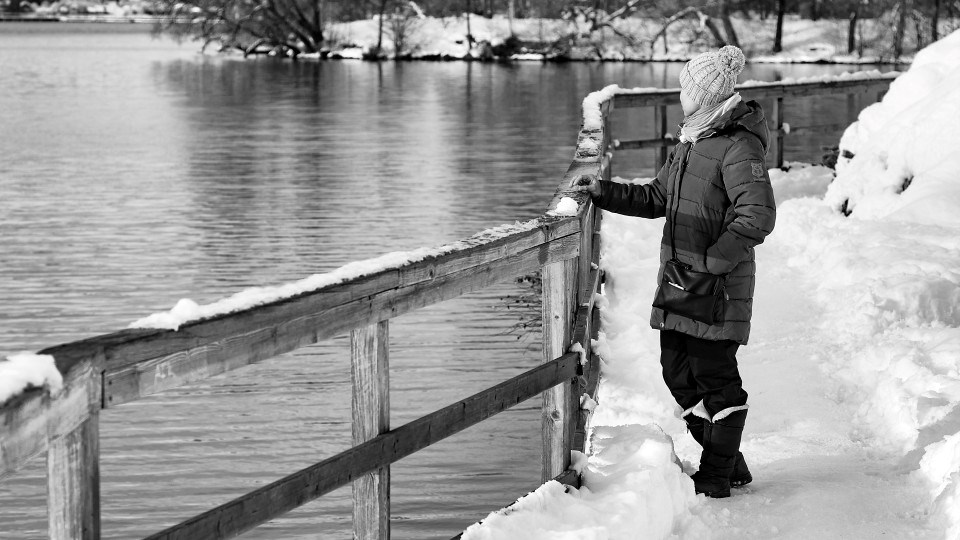If you’re noticing that you feel down this time of year every year, you may be dealing with the same mental health issue that affects many other Canadians.
Seasonal affective disorder (SAD) is a kind of depression that appears at certain times of the year. While it can happen in the spring and summer, it usually begins in the fall when the days get shorter and happens even more during the winter months.
The Canadian Mental Health Association (CMHA) says people with SAD make up about 10 per cent of all depression cases.
Margee Shelly is a registered social services worker and works as a mental health and addictions counsellor with the CMHA's Simcoe County branch. In her line of work, she doesn't necessarily deal with clients who realize they have SAD until she is able to point it out.
“Some of the signs I ask people to watch for are fatigue, particularly in the winter months more than other times of the year," Shelly said. "There would be a loss of energy, your appetite chargers and you’re craving carbs and sugary foods more than anything else.
"Those with SAD will tend to gain unwanted weight, they’ll start feeling down about themselves and become irritable. I would tell people to recognize when they don’t enjoy the activities they would normally enjoy," she says.
Shelly also warns about withdrawing from people and becoming very antisocial as another sign of the disorder. She also says no one really knows what causes the disorder, but many believe it's due to the lack of sunlight.
The CMHA says there may also be a familial link as 13 to 17 per cent of people who develop SAD have an immediate family member with the disorder.
While working with people who are dealing with mental health issues and addictions, Shelly has noticed the effects of SAD heightened during the last two years while the pandemic continues.
“We’re finding that anyone who may have used substances before the last two years, many tend to be using more in order to cope with the current times,” she says. “Just when some are able to find it in them to get help and try to stop using, the winter months arrive and then, of course, we now have COVID cases rising, jobs are being affected and people are not getting out and seeing others. It is a really bad time for anyone with addiction and depression.”
To help with SAD, Shelly suggests leaving your windows open when you can (or leaving the blinds open in the colder months) and letting as much sunlight in when you can.
“If you have pets, spend as much time with them as you need," she says. "We noticed that those with pets seem to have less of the disorder than those without. Get outdoors as much as you can and get that fresh air. If you’re able to get to a forest or wooded area, do so and walk a trail.
"It's said a lot because it is true, but nature can really help your mental health.”
She also suggests getting together with people as much as you can and continuing with any activities you may have that bring you joy.
Shelly also asked about a popular topic of conversation lately: when to bring your Christmas decorations down. Some have said they feel better when they have the signs of the joyful season around them, and Shelly admits she's one of those people.
“I do it myself. I have a real tree and I am leaving it up as long as the needles stay well,” she says. “In the past, I have left a tree up until March because the lights bring a really joyful glow to the home.
“Whatever you need to do to make you feel better, you do that for you,” Shelly adds. “ Obviously, don’t do those things that could do damage to you, but things that are safe and bring you joy, why not?”



